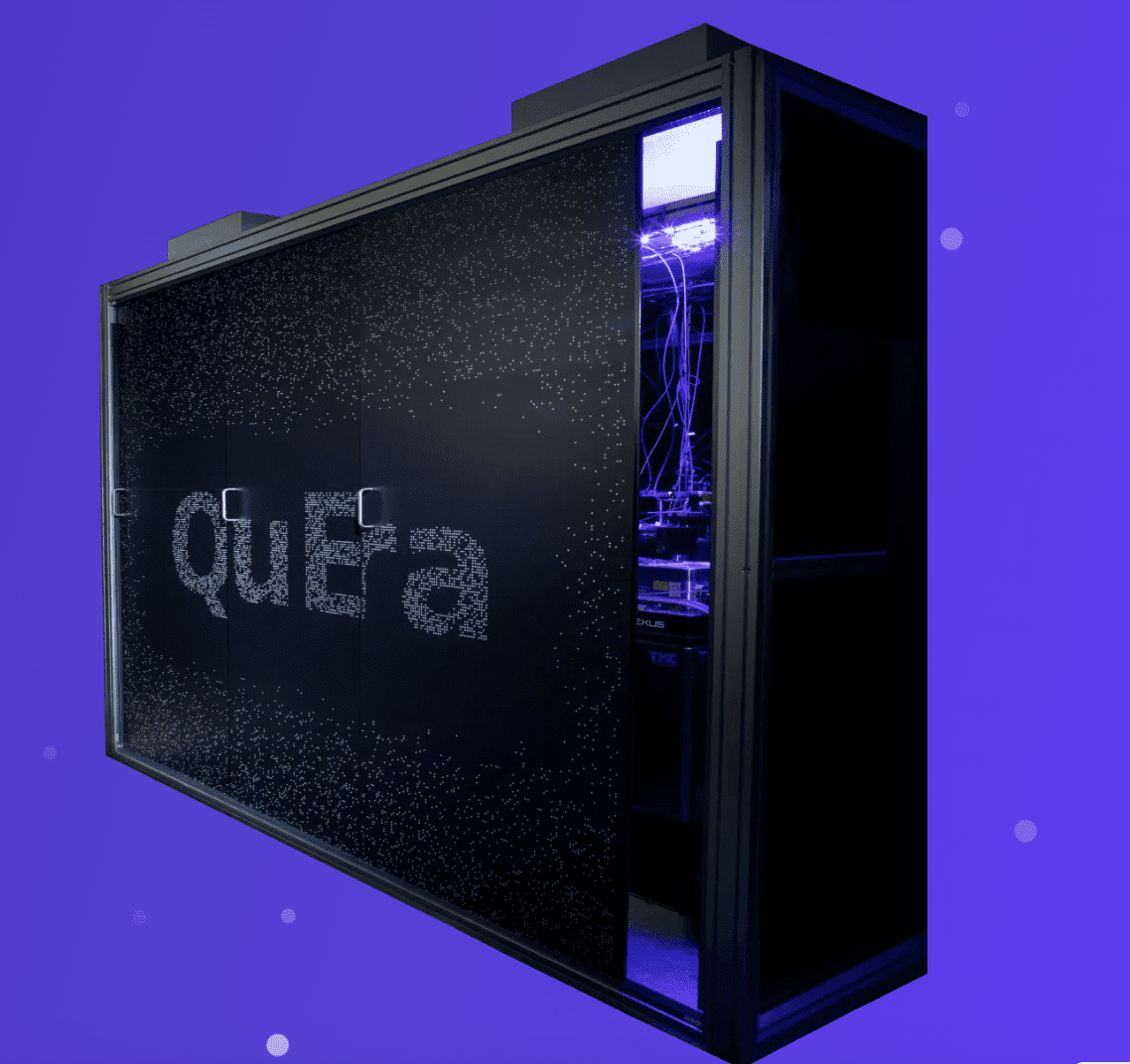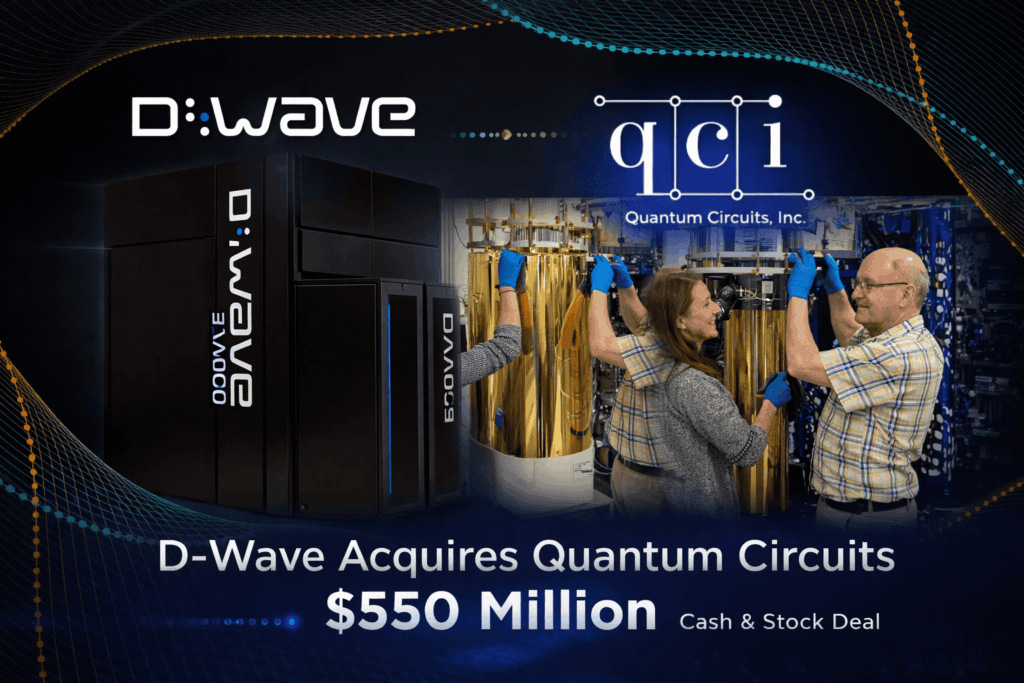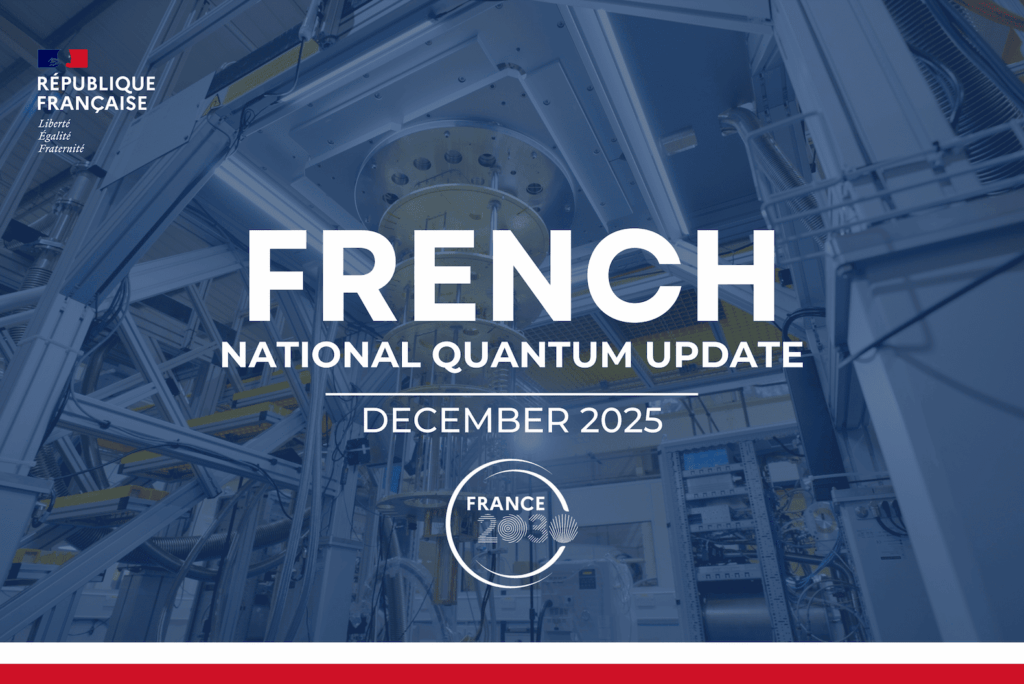Insider Brief:
- NERSC partnered with QuEra Computing have extended their collaboration to explore neutral-atom quantum computing.
- In the first year, the partnership yielded scientific results, including three joint papers, and the use of neutral-atom technology for solving quantum dynamics problems, optimization challenges, and preparing entangled quantum states.
- Through the collaboration, NERSC and QuEra will offer training to users on QuEra’s quantum hardware and incorporate feedback to improve both hardware and research outcomes.
PRESS RELEASE — In the past year, the National Energy Research Scientific Computing Center (NERSC) has teamed up with the Boston-based quantum computing company QuEra Computing, exploring one up-and-coming approach to quantum computing known as neutral-atom technology. After a successful first year punctuated with strong scientific results, the partnership has been extended, with plans to offer neutral-atom quantum computing access to some users in the coming year.
Neutral atoms can be used to build quantum computing devices. The technology works by trapping these atoms – neutral atoms rather than charged ions, hence the name – with lasers called optical tweezers and exciting their outer electrons to higher energy states. By using optical tweezers, researchers can control and arrange the atoms into useful configurations, even rearranging them to try out particular geometries or compute the properties of certain materials. This flexibility is one of the main strengths of neutral-atom technology. According to NERSC quantum computing team member Daan Camps, another advantage is the sheer number of atoms it can accommodate: “Neutral-atom quantum computing devices can incorporate hundreds of atoms, which allows for quantum computations at larger scale,” he said. Yet another advantage is the ability to work at room temperatures without cryogenic cooling, making neutral-atom computers attractive for deployment at HPC centers.
This technology is just one of many approaches to quantum computing, but interest in neutral-atom technology is on the rise, and NERSC’s collaboration with QuEra Computing has already produced important results.

Preliminary but promising
The collaboration between QuEra and NERSC began in March 2023 as the NERSC quantum computing team evaluated a variety of industry partners and their approaches to quantum computing. QuEra’s results were promising – and at the time, no U.S. Department of Energy (DOE) lab had access to commercial neutral-atom technology. A partnership with QuEra offered a way to gain access to this new technology.
“We thought it was a space where we could innovate and learn more about this up-and-coming technology, and that proved to be a good decision given what’s happened over the last year,” said NERSC quantum computing engineer Katie Klymko. “Our collaboration with them has been very successful.”
The primary outcome of this first year of partnership has been a better understanding of the technology, how it works, and how it scales. “The first year was really focused on NERSC learning what the hardware is capable of,” said Klymko, noting that the team learned how to program neutral-atom hardware.
They also discovered it possible to perform relevant experiments and get reliable results at scale: “We recently computed the ground state of a system of over 100 atoms on a lattice using the neutral-atom hardware,” said Klymko. “At this scale, it’s difficult to verify the results obtained on the quantum computer with exact numerical simulations run on a classical computer due to the enormous amount of computer memory required. Instead, we relied on approximate numerical methods known as tensor networks and found that they worked well as a benchmark, though more research is needed to confirm the process for the largest systems we ran on the quantum computer. For us, this highlights the promise of quantum computing technology.”
The partnership has proven to be a true collaboration, with the NERSC team gaining skills and QuEra’s hardware improving as NERSC offered feedback from the user perspective – and yielding robust scientific results proves the strength of the partnership. The first scientific results have been disseminated as part of three joint papers the teams have released to date. These papers study how neutral-atom quantum computers can be used to study quantum dynamics, solve optimization problems, and prepare entangled quantum states.
“Our collaboration with NERSC is a testament to the powerful potential of neutral-atom technology in pushing the boundaries of quantum computing,” said Yuval Boger, Chief Commercial Officer at QuEra Computing. “The results we’ve seen so far, particularly in simulating complex quantum phenomena, highlight how this technology can provide important scientific results today and support cutting-edge research.”
Looking to the quantum future
After the success of its first year, NERSC’s partnership with QuEra has been renewed for a second year, during which the NERSC team is looking forward to exploring recent hardware upgrades to QuEra’s system, as well as pursuing a particularly exciting milestone: allowing a small number of users to incorporate QuEra’s quantum hardware into their research, with training from QuEra and the NERSC quantum team. The team recently released a call for proposals seeking projects from across the field of QIS. The deadline to apply is September 6, 2024.
“We’ve envisioned this as a very close collaboration with the users, where NERSC staff work with users and, based on the experience we’ve built in the first year, help them do their projects on QuEra’s hardware,” said Camps of the NERSC team’s plans for bringing users into the partnership. “We’re looking forward to that quite a lot, and we hope to get some excellent results out of it.”
For the QuEra team, the continued partnership offers more chances to see their hardware road-tested. “We’re delighted to see the progress that has come from our first year of partnership with NERSC,” said Boger. “The feedback and insights gained from our collaboration have not only informed our development roadmap but have also set the stage for more groundbreaking research in the coming year. By extending this collaboration to include new users, we’re excited to see how QuEra’s quantum systems will drive further advancements in quantum information science.”
The user program and the partnership with QuEra are part of NERSC’s larger approach to advanced technologies – one that the NERSC team hopes will include a range of technologies and vendor partners that reflect the breadth and changeability of the quantum computing landscape. “We want to keep our vision broad and explore the landscape as it continues to develop,” said Klymko, adding that the team is also seeking out partnerships to investigate other approaches.
Of their vision for the coming years, Klymko says there’s precedent for NERSC helping its user base transition to new methods and tools, and shifting the ways in which HPC can contribute to accelerated research across the scientific community – the kind of shift that may be equally significant when quantum computing becomes accessible at scale.
“Ten years ago, accelerators like GPUs weren’t really a thing that people knew how to use or wanted to use, and we slowly got access and learned how to use them and shifted some of our users, and now a majority of our users to using them,” said Klymko. “We see this as a smaller but similar trajectory where we’re working at a small scale to provide some new technology for people to explore, and hopefully, it’ll be as impactful at some point as what they’ve done with classical hardware.”

















